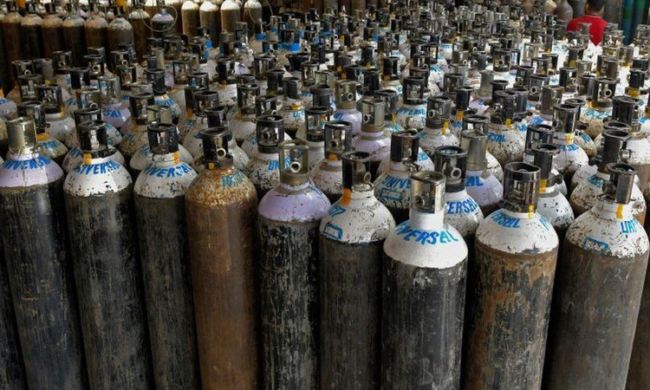The Diverse Applications of Oxygen Cylinder Types in Daily Life
Understanding the oxygen cylinder types available is crucial for both individuals requiring supplemental oxygen and those tasked with providing healthcare services. These cylinders come in various shapes and sizes, each designed with specific purposes and applications in mind.
Oxygen cylinders are primarily classified into two main types: compressed gas cylinders and liquid oxygen cylinders. Compressed gas cylinders, recognizable by their sturdy metal construction, store oxygen in a compressed form. These cylinders are commonly used in medical settings, emergency response, and industrial applications. On the other hand, liquid oxygen cylinders, which store oxygen in a cryogenic liquid state, are often utilized for portable oxygen systems and certain medical therapies.

For the general public, oxygen cylinders serve a broad spectrum of purposes beyond the confines of hospitals. Portable oxygen cylinders have become indispensable for individuals with respiratory conditions, allowing them to lead active lives by providing a readily accessible source of oxygen. These cylinders are lightweight, making them convenient for travel and outdoor activities, ensuring that those with respiratory challenges can navigate the world with greater freedom.
Furthermore, oxygen cylinders play a crucial role in emergency preparedness. First responders, firefighters, and paramedics rely on compressed gas cylinders to administer oxygen swiftly and effectively in critical situations. The versatility of these cylinders extends to various industries, including welding, metal cutting, and underwater exploration, where a portable and concentrated source of oxygen is indispensable.
The diversity of oxygen cylinder types underscores their significance in both healthcare and daily life. From providing vital support to individuals with respiratory conditions to serving as a rapid response tool in emergencies, these cylinders are essential components in the pursuit of better respiratory health and safety for the general masses. Understanding the nuances of these oxygen delivery systems ensures that they can be harnessed effectively for the benefit of individuals and communities alike.
